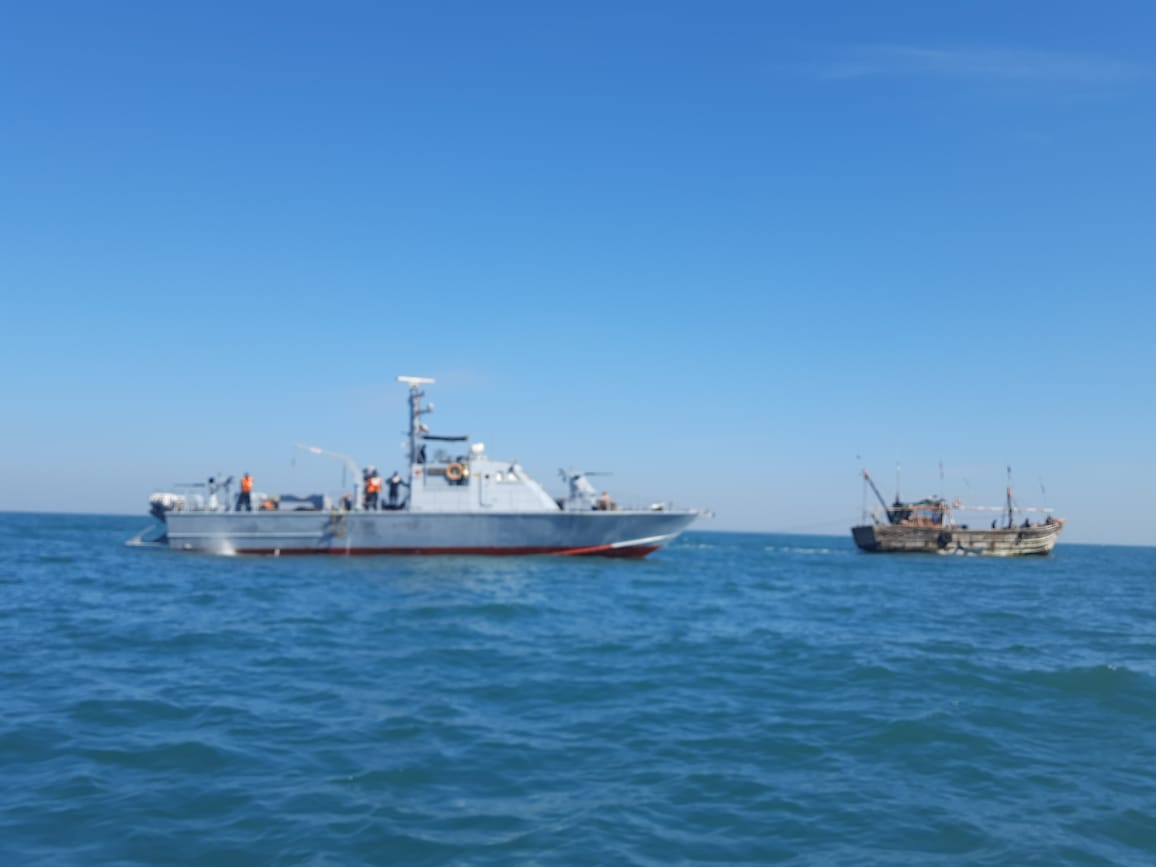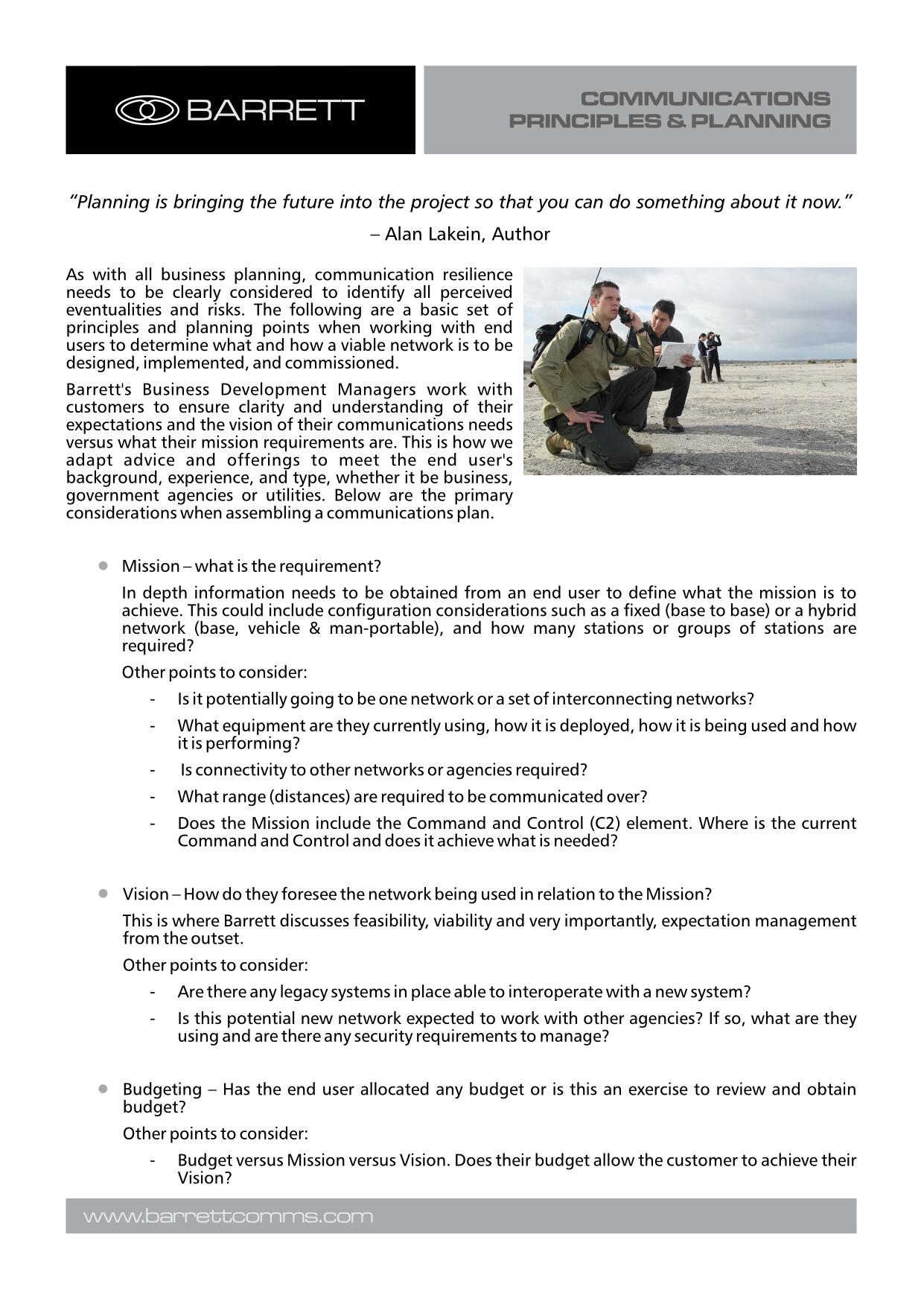
The third edition of India’s two-day Sea Vigil-22 coastal defence exercise has begun and is due to take place from 15-16 November.
The national-level exercise aims to validate several measures that have been undertaken to improve maritime security since the 26/11 terror attacks in Mumbai in November 2008.
Coastal security is seen as an important subset of coastal defence and the Sea Vigil concept is intended to bolster and evaluate India’s coastal security mechanism.
The third edition of the exercise is being conducted along the country’s full 7,516km coastline, as well as its Exclusive Economic Zone.
It involves participation from all the coastal states and union territories alongside other maritime stakeholders, including the fishing and coastal communities.
The Indian Navy is carrying out the exercise in coordination with the Coast Guard and other ministries responsible for maritime activities.
The Ministry of Defence described the exercise as ‘unprecedented’ in terms of its scale and conceptual expanse given the geographical extent and the number of stakeholders and units taking part, as well as the goals intended to be met.
Sea Vigil is seen as a build-up to the key Theatre Level Readiness Operational Exercise (TROPEX), which the Indian Navy undertakes every two years.
The two exercises encompass the whole spectrum of maritime security challenges.
Besides the Ministry of Defence, the exercise is also being facilitated by the Ministries of Home Affairs, Ports Shipping and Waterways, Petroleum and Natural Gas, Fisheries Animal Husbandry and Dairying, as well as customs and other agencies of state.
Although similar exercises are held regularly in coastal states at a smaller scale, the national Sea Vigil exercise aims to ensure preparedness and realistic assessments on a larger scale in the areas of maritime security and coastal defence.
Last week, India’s Defence Research and Development Organisation (DRDO) opened a testing facility for the Indian Navy’s sonar systems.



